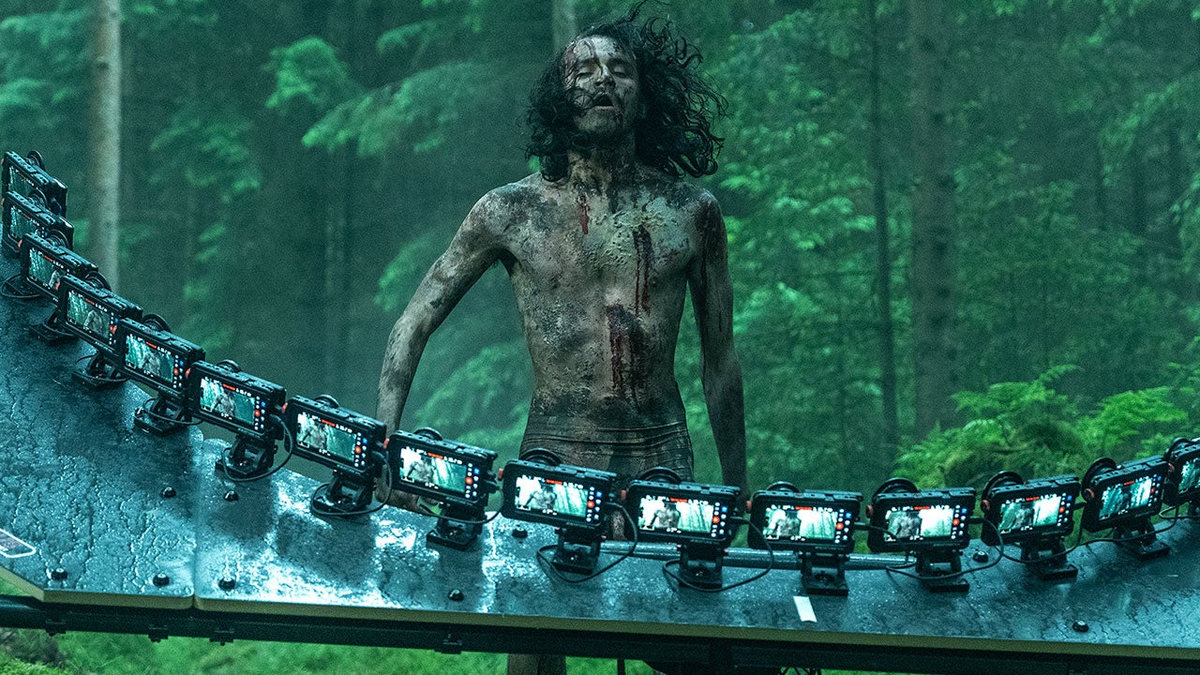
Published 11:54 AM 6/23/2025
Why Danny Boyle shot ‘28 Years Later’ on iPhones
ByEpisode Hive
Danny Boyle explains unconventional iPhone filming technique for '28 Years Later'
Acclaimed director Danny Boyle has revealed why he chose to film his latest zombie thriller using Apple iPhones rather than traditional cinema cameras.
The filmmaker, known for hits including "Slumdog Millionaire" and "Trainspotting", employed iPhone Pro Max devices as his primary filming equipment for "28 Years Later", the long-awaited sequel to his 2002 horror classic.
Mobile technology enables creative freedom
Boyle's decision stemmed from practical filmmaking needs. The director utilised a specialised rig capable of mounting up to 20 iPhone cameras simultaneously.
This setup allowed his crew to capture action sequences from multiple perspectives at once. Boyle described the technique as creating "essentially a budget version of bullet time effects" during intense zombie encounter scenes.
Learning from past innovation
The approach mirrors Boyle's groundbreaking work on the original "28 Days Later". That film used Canon digital cameras, which were revolutionary for their time and helped create the movie's distinctive visual style.
The compact digital equipment proved essential for filming London's deserted streets, lending an authentic, documentary-like quality to the post-apocalyptic imagery.
Technical adaptations for professional results
While using consumer technology, Boyle's team made crucial modifications to achieve cinema-quality footage. They disabled the iPhone's automatic focus features and incorporated professional filming accessories.
The director, who previously helmed the Steve Jobs biographical film, praised the iPhone's capabilities as a primary recording device when properly configured.
Remote location advantages
The lightweight iPhone setup proved particularly valuable during location shooting in Northumbria. Boyle sought areas that appeared untouched by modern civilisation.
"We needed to reach remote countryside locations that maintained their ancient, unspoiled character," the director explained. The portable equipment allowed rapid movement between filming sites without the logistical challenges of transporting heavy camera gear.
This mobility enabled the production team to capture pristine landscapes that effectively conveyed the film's post-civilisation setting.